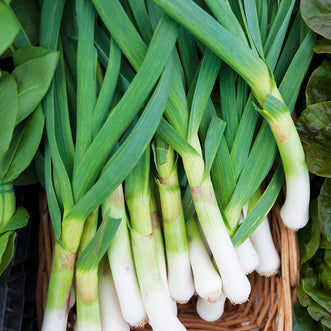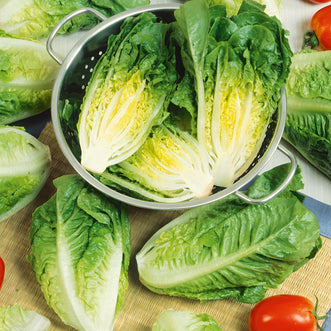
Using Your Herbs
TylerGetting the most from the herbs in your garden
Dry them
The best time to pick herbs for drying is just as the flower buds appear, as this is when the leaves contain the most flavour. Preferably choose a warm dry sunny morning, after the dew has evaporated and before the sun has become too hot.
With larger leaved varieties likes mints, sages and basils try to take the leaves off individually and place on a suitable drying rack turning them daily so they dry evenly. The small leaved herbs like thyme, sweet marjoram and savories can be picked in bunches and tied in bundles for drying, hanging or lying them in a dark airy place like an airing cupboard.
The herbs will take 4 to 10 days to dry. When they are dry, crumble the larger leaves and strip the smaller ones off the branches. To prolong the life of dried herbs, store them in air tight containers in a cool dry dark place – just like your seed!
NB: Not all herbs are suitable for drying.
Have a go drying them in your Microwave
Fresh herbs can be dried perfectly in a microwave in minutes, with the colour remaining fresh and green and the flavour excellent.
To use the microwave method, first wash the herb well and shake off any surplus water from the picked leaves or sprigs, then spread the herb foliage on a piece of absorbent paper in a single layer on a dish such as a pie plate. The paper helps to absorb any excess moisture.
Microwave on full power for about four minutes. Some herbs such as chives may take a little longer. After drying, remove any brown leaves that may have been caused by the greater heat at the edge of the plate, then crumble or preferably place the whole leaves in an airtight container.
The moisture content of individual herbs varies with some herbs like Chervil taking one minute less and the other one minute more. By drying one batch , you can obtain a good indication of specific drying times.
Freeze them
Most herbs freeze well, particularly the most delicate ones like mint, chives and tarragon. Wash them quickly. Some books recommend blanching then patting dry on a paper towel. The herb can then either be chopped finely or frozen in ice cubes, or the leaves and sprigs can be placed on a tray, frozen free style and packaged. At a later date combinations of herbs can be made depending on the dish.
Make a refreshing tea
The popularity of using herbs for making teas and tisanes has increased as more people are introduced to the acquired taste but, once appreciated, tannin rich tea seems harsh by comparison.
For the beginner, teas made from lemon balm, sage, rosemary, chamomile, mints and thyme are recommended. Later on blends in various proportions can be made from many of the large number of herbs suitable for teas.
Herb teas are made in the same way as ordinary tea, but more leaves are required - about two teaspoons of fresh leaves or one teaspoon of dried leaves per cup.
Or a Bee Friendly Herb Garden
A herb garden never seems so busy and alive as on a hot summer’s day when bees swarm busily over the flowers and blossoms in their seemingly endless search for pollen and nectar. The usefulness of bees as part of a cultivated system is considerable and unique, for bees not only manufacture honey – nature’s purest food – but also help to pollinate flowers, vegetables, fruit trees and many other crops which is especially important in a country such as ours.
The successful gardener is one who learns by constantly observing the principles on which the bees’ life is based and works in harmony with the bees own habits and requirements.
To keep bees in your garden it is necessary to ensure that flowers are available to enable them to forage for pollen and nectar virtually all year round.


















































